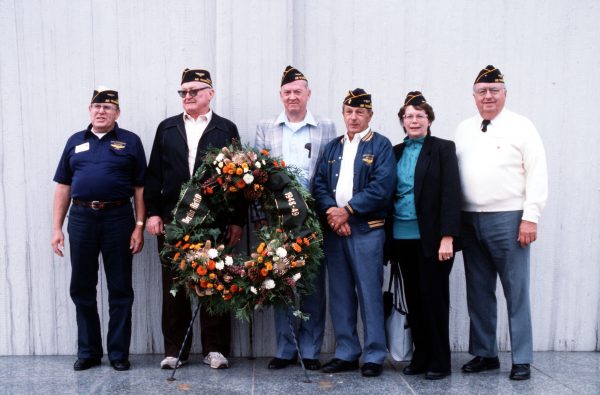Who Are We Anyway?
Yesterday I was writing about the end of World War II and the years immediately after World War II when Harry Truman was president. I often read my history writing aloud to Ray. He helps me by affirming what I have written and/or helping me correct errors. The process of reading aloud to Ray also helps me to find typos and think of better ways to explain things.
Yesterday I read a draft of the following passage to Ray. The reminder of these events in American history made his eyes misty.
Here is a slightly edited version of what I read to Ray. Please note that it follows a unit on World War II and a passage in which children learn about the Iron Curtain and the Cold War between the free world and the Communist world.
The Truman Doctrine, the Marshall Plan, and the Berlin Airlift
Though Americans had sacrificed greatly during World War II, they were much better off than the millions of Europeans who needed food and money to rebuild what the war had destroyed. Americans wanted to help their fellowman, including their former German enemies.
People living in free European countries worried that the Soviet Union would try to take over their countries, too. In 1947 Communists did try to take over Greece and Turkey. In a speech to a joint session of Congress, Truman asked Congress to appropriate money for the Greek and Turkish armies to use to stop the Communists. He said that free countries must help other free countries stay free. Congress voted to help Greece and Turkey. Truman’s policy of helping free countries came to be called the Truman Doctrine.
World War II General George Marshall served as Truman’s secretary of state. Marshall made a plan to help the hurting people of Europe. It became known as the Marshall Plan. Truman, Marshall, and other U.S. leaders believed that American aid would serve three purposes: it would help needy people, it would help prevent another war, and it would prevent other countries from wanting a Communist government.
Before 1948, the U.S.S.R. allowed people in West Berlin to travel through East Germany to West Germany by a certain travel corridor. On June 24, 1948, the Soviets blocked this corridor. Now no supplies could come into West Berlin. Without supplies, the people of Berlin would starve. The Soviets wanted this blockade to force West Berlin to become part of East Germany.
President Truman and other American leaders wondered what to do. Should they try to get the Soviets to change their minds? Should they evacuate everyone from the city? Should they send supplies to the 2 million citizens of West Berlin and the 20,000 American, British, and French soldiers stationed there? On June 28, President Truman called in Cabinet members to talk about the situation. He listened, and then he said: “We stay in Berlin. Period.” Brave American pilots began “Operation Vittles,” by flying over East Germany to deliver tons of food and coal every day. British pilots joined this lifesaving operation, called the Berlin Airlift.
On December 20, 1948, pilots delivered Christmas presents to 10,000 West Berlin children in “Operation Santa Claus.” In a special effort on April 15-16, 1949, planes took off approximately every 36 seconds in an “Easter Parade” to give “an Easter present for the people of Berlin.” They delivered almost 13,000 tons of supplies in 24 hours.
One American pilot, Gail Halverson, began to drop candy attached to homemade parachutes for Berlin’s children. Later, the American Confectioners Association donated candy for what was called “Operation Little Vittles.” School children living near an Air Force base in Massachusetts assembled candy parachutes and sent them to Germany.
On May 12, 1949, the Soviets finally lifted their blockade of West Berlin. Trucks and trains could once again bring supplies to West Berlin. However, British and American pilots continued taking supplies until their former German enemies in Berlin had an extra three months of supplies, in case the Soviets decided to blockade the city again. The final flight on September 30, 1949, was flight number 276,926.

This little slice of history tells who we Americans were at the end of World War II. It is up to us to make sure:
- That this is who we are now and
- That this is who our children are in years to come.
Be kind to one another,
compassionate, forgiving each other,
just as God in Christ also has forgiven you.
Ephesians 4:32


Thank you, Charlene. How timely for me. We must not forget our history. We must not forget what our roles are upon this earth.